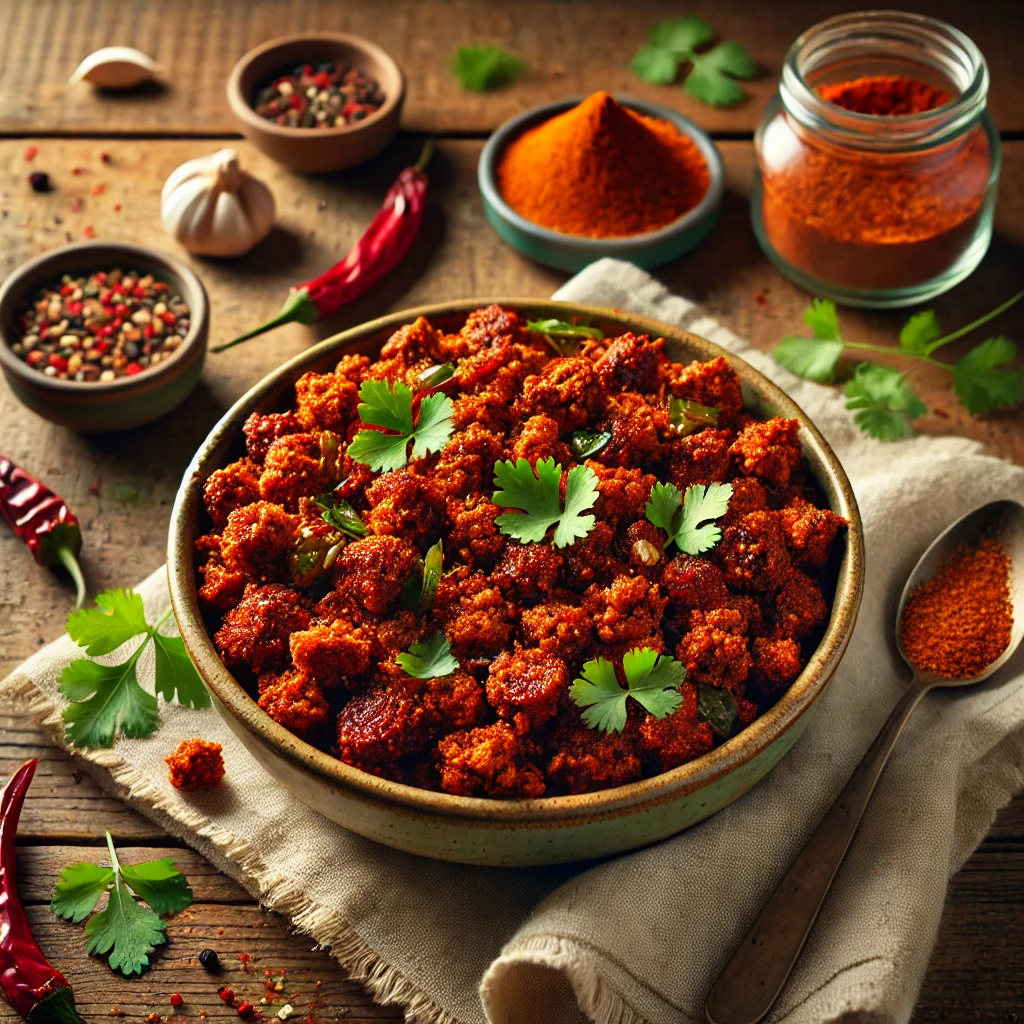Hamburger Buns
Hamburger Buns
This bun recipe was years in the making, and all our attempts really paid off. These buns have a great texture and lots of airy bubbles—they are an excellent vessel for Patsy’s Sloppy Joes or your next burger. Ultimately, they are a riff on our Patsy’s sweet roll recipe from our blog, in which she uses mashed potatoes to create a fantastic texture. Red bliss potatoes seem to lend the best texture, and these buns are even better if you use day-old mashed potatoes prepared like we do in our Cottage Pie. Working with yeast may seem intimidating, but you can do it! Read through the recipe a couple of times before you start and you’ll be on your way.
Ingrediënten
yield: 6 hamburger buns
- 1 tsp coconut oil
- ½ cup 120 ml 110°F (43°C) water
- 2 tbsp 30 ml raw honey
- 4 tsp 16 g quick-rise yeast
- ⅓ cup 80 ml avocado oil or ⅓ cup (77 g) softened grass-fed butter
- 4 large eggs at room temperature, divided
- ½ cup 125 g mashed potatoes (here), at room temperature
- 1 tbsp 15 ml apple cider vinegar
- 1½ tsp 9 g fine sea salt
- 1¾ cups 233 g cassava flour, divided, plus additional as needed
- Sesame seeds for topping (optional)
Instructies
- Preheat the oven to 400°F (204°C).
- Line a 13 x 18–inch (33 x 45–cm) baking sheet with parchment paper.
- Now make foil rings to shape the buns by laying out six sheets of aluminum foil that are 15 to 17 inches (38 to 43 cm) long and 12 inches (30 cm) wide.
- Working with one sheet at a time, fold the sheet in half starting with the long edge, then fold it in half again and then fold it in half one more time.
- You’re essentially making it one-eighth of the original size, so that you end up with a strip that is 15 x 1½ inches (38 x 3 cm).
- Alternatively, to shape the foil rings, you can use the bottom of a ramekin as a guide to get the diameter you want: Simply wrap the foil strip around the ramekin’s base and fold over the edge to secure it.
- Head to our blog and our dedicated cookbook page for additional help and videos regarding this process.
- Coat the inside of each ring with the coconut oil.
- Set the rings aside.
- In a glass 2-cup (480-ml) measuring cup, combine the water, honey and yeast.
- Whisk the ingredients together well and allow the yeast to bloom, or become frothy, which can take anywhere from 5 to 10 minutes.
- Using a glass measuring cup here will more easily allow you to see the yeast blooming and know when it’s ready.
- While the yeast blooms, combine the avocado oil, 3 of the eggs, mashed potatoes, apple cider vinegar and salt in a medium bowl.
- Using a hand mixer, beat the ingredients together until they are well combined.
- Place 1½ cups (200 g) of the cassava flour in a large bowl.
- Once the yeast has fully bloomed, pour that mixture and the oil-egg mixture into the flour.
- Beat the ingredients at slow speed until everything is combined, then beat them at medium-high speed for about 1 minute to fully combine them.
- Let the batter rest for 5 minutes.
- Check the consistency by touching the batter; if it sticks to your fingers, add 2 tablespoons (16 g) of the remaining ¼ cup (33 g) of cassava flour and mix the batter again.
- Let the batter rest for another 5 minutes.
- You should end up with approximately 3 cups (720 ml) of batter.
- Sprinkle the remaining cassava flour on a clean work surface.
- Dust a spatula with additional cassava flour.
- Transfer ½ cup (120 ml) of the batter to the prepared work surface and dust the batter with a little additional cassava flour.
- Using the prepared spatula, lift the batter to your hands and shape it by gently rolling it back and forth until you have a smooth ball.
- Place the ball on the prepared baking sheet.
- Repeat this process with the remaining batter.
- Gently flatten and shape each mound of batter with your fingers to get a slight dome.
- Whisk the remaining egg in a small cup and brush the top of each batter mound with the egg wash.
- Sprinkle each mound’s top with the sesame seeds (if using), then place a foil ring around it.
- Cover the buns with a kitchen towel and place the baking sheet in a warm area of your kitchen.
- Let the buns rise for 10 to 12 minutes.
- You don’t want them to rise too much, or they’ll begin cracking before they bake.
- Place the baking sheet in the oven and immediately reduce the oven’s temperature to 385°F (196°C).
- Bake the buns for 35 to 40 minutes, or until the tops are golden brown.
- Remove the baking sheet from the oven, allow the buns to cool for 5 minutes, then remove the foil rings from them.
- If any of the rings are stuck, use a thin knife to loosen the foil rings away from the buns.
- These buns are best served the day you make them, but they can be stored in the fridge and enjoyed the next day as well.
- We recommend letting them cool completely before slicing and toasting them.




